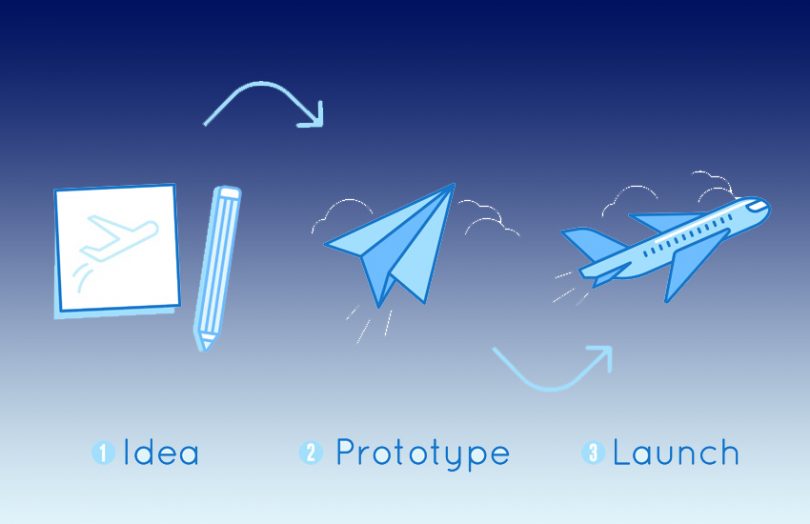This is a guest opinion post from Nick Todorov, co-founder and CEO, LimeChain.
When it comes to software development, there are many factors that can lead to a project’s downfall — tight deadlines, suboptimal project and resource management, unexpected complications like bugs and glitches and so on. But perhaps more than anything, project failures are caused by simply starting in the wrong place.
Software development is complicated, as every project has many moving parts that usually seem equally important and deserving attention. This is especially true in the blockchain space, where, on top of the usual complexities of software development, people also have to deal with a novel technology whose strengths and limitations are still being explored. Figuring out what is the right technology for your project, how to realize your idea or even if that idea is viable in the first place is where many projects find their biggest struggles.
As a blockchain developer, LimeChain is used to working on projects that aim to challenge the status quo and, because of that, are more likely to encounter many of the aforementioned challenges. That’s why we’re keenly aware of the importance of prototyping for a project’s success. As we’ll see below, prototyping gives us a great tool for identifying potential risk factors that could lead to a project’s downfall.
Benefits of prototyping
When done right, prototyping can help you avoid many of the pitfalls that are typically encountered during project development. It’s crucial for the success of start-up and small companies that are often strapped for cash and other resources but can also be very useful to mid-sized and large enterprises that want to quickly test out promising new markets, improve their decision making and resource planning.
One obvious benefit of prototyping is that it allows businesses to assess the viability of an idea. Often a flawed concept sounds great on paper, and its inherent flaws are only revealed when there is a working build. This often leads to a scenario where a considerable amount of resources are wasted on the development of a product that’s ultimately dead on arrival. Prototypes are a great way to test out ideas in a quick, cheap and non-committal way and separate good from bad concepts at an early stage of development.
Prototyping also gives us a very effective way to pin down the core of a product, to determine what are its essential features, as well as its more auxiliary elements. This gives us a better idea of the scope of the project, helps us during the planning stage of development and ultimately allows us to build a stronger, more focused product.
Prototypes are also extremely useful when a business wants to enter a new market. With the right prototype, a business can gauge its target market and receive valuable feedback from real users. Furthermore, a well designed prototype can be easily expanded to a full-fledged product, if there is a demand for it.
Prototyping stages
When it comes to prototyping, the common types are proof of concepts (PoC) and minimum viable projects (MVP). Both are extremely useful in the early stage of development, but have their distinct use cases. Let’s examine them in a bit more detail.
PoC development
Proof of concepts provide a great way for businesses to assess ideas in a safe environment. Building a PoC can be done quickly and in a cost efficient way, which makes them an ideal tool for start-ups and small businesses. The PoC stage is the perfect time for businesses to do experimentation and research in order to determine how best to utilize the technologies that are available to them. This is one of the reasons why PoCs are quite prevalent in the blockchain and DLT sector. After all, these are novel technologies, whose potential and limitations are still being actively explored.
MVP development
While they are quite useful during the initial assessment of an idea, PoCs are not the optimal tool for testing the practical application of an idea. For that we have minimum viable products, or MVPs. The MVP stage typically involves building a version of the product that has just enough features to demonstrate the core idea behind the product in practice.
A well-designed MVP can bring considerable benefits. It allows businesses to quickly release a working version of a product that can be tested against the feedback of actual users. An MVP can be instrumental in establishing a strong foundation for a product that can then be easily built upon and expanded with additional features. It enables a fast entry to market, which can help businesses gain an edge over competitors.
Prototype to succeed!
Used in the right way, both PoCs and MVPs are great tools that can help businesses build better products, save time, effort and resources and avoid many of the pitfalls encountered during the early stages of product development. That’s why prototyping should never be underestimated – it can be the difference between a project’s success and its untimely demise!






